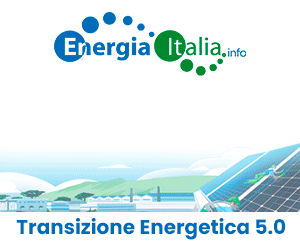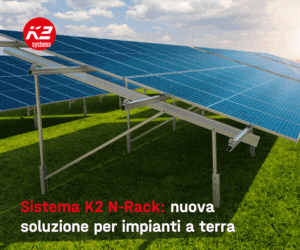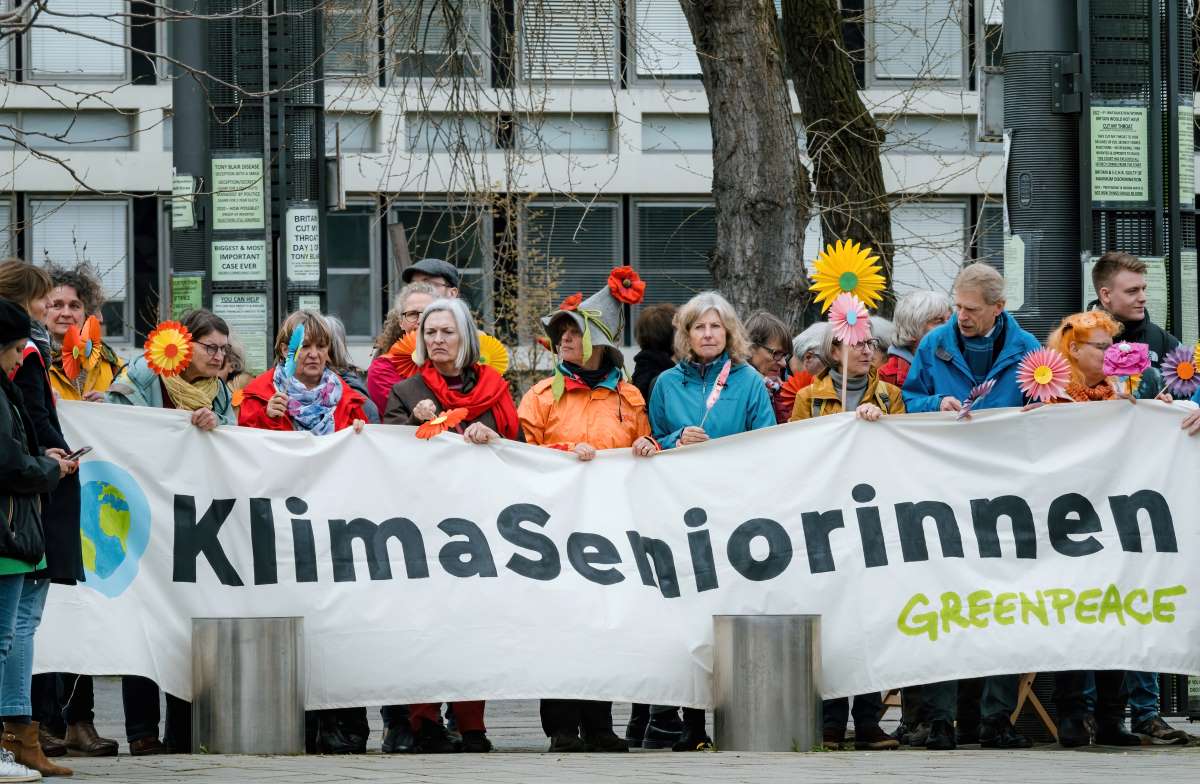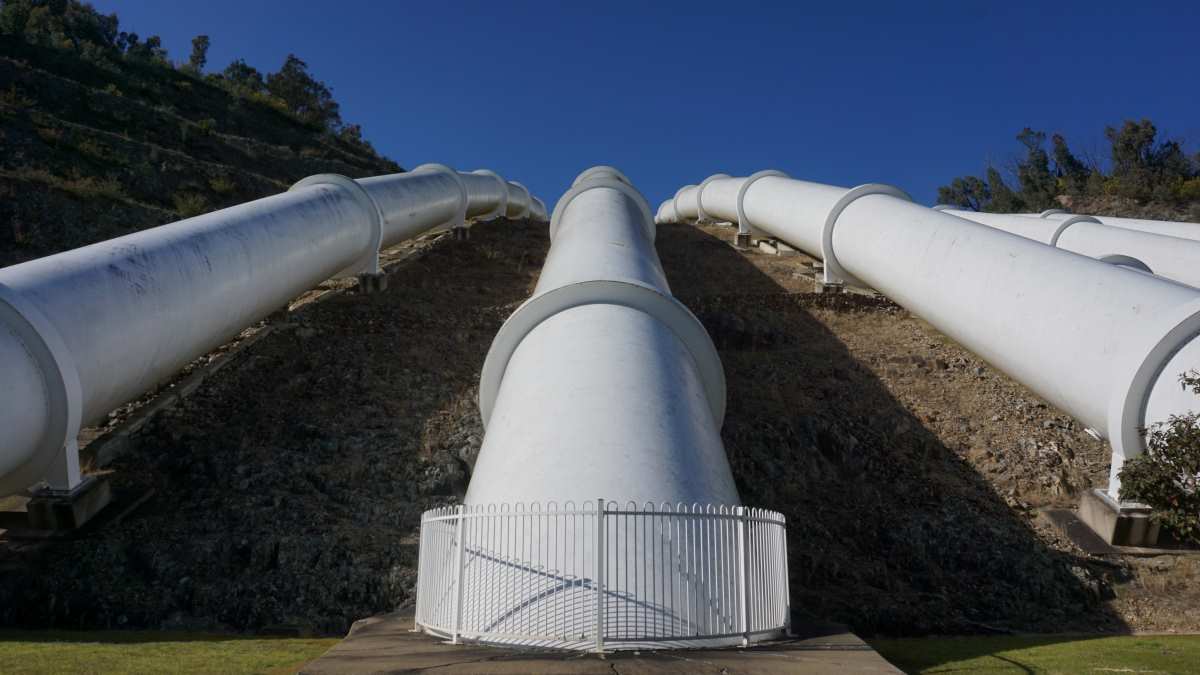L’Unione Europea ha oggi pubblicato il rapporto sulle emissioni di gas serra in Europa. Il rapporto rileva aumenti da parte dei quindici stati membri per 11,5 milioni di tonnellate tra il 2003 e il 2004. Si tratta di un aumento del 0,3 in un anno se riferito all’Europa a 25 che diventa, però del 0,4% in tutta la EU.
Il rapporto sarà inviato al Segretariato della UNFCCC (Convenzione quadro delle Nazioni Unite sui cambiamenti climatici). I dati sono aggiornati al 31 dicembre 2004.
Il rapporto è disponibile sul sito della EEA
————————–
EU greenhouse gas emissions increase for second year in a row
Industry and Transport drive Europe’s increase
Emissions of climate-changing greenhouse gases (GHG) from the EU-25 increased by 18 million tonnes (0.4 %) between 2003 and 2004. Emissions from the EU-15 increased by 11.5 million tonnes (0.3 %) in the same period. These figures, released today, are contained in the latest GHG inventory report from the European Environment Agency (EEA), based in Copenhagen.
‘An increase of 0.4 % may appear small; however, the magnitude of GHG emissions is such that the actual increase is significant. In 2004, about 11 tonnes of greenhouse gases were released on average per person in the EU-25. The 0.4 % increase is comparable to the amount of CO2 emissions released by 3 million people if they were to drive their cars around the earth,” said Professor Jacqueline McGlade, executive director of the EEA.
Spain sees largest increase in GHG emissions
Spain and Italy saw the largest emission increases in absolute terms with plus 19.7 (4.8 %) and 5.1 (0.9 %) million tonnes respectively. On the positive side, 2004 saw emissions reductions from Germany (- 9.1 million tonnes, – 0.9 %), Denmark (- 6 million tonnes, -8.1 %) and Finland (- 4.2 million tonnes, – 4.9 %).
While, total GHG emissions for the EU-25 were 4.8 % below 1990 figures – the base year to which most GHG’s are to be scaled back towards under the Kyoto protocol – the EU-15 has only decreased its emissions by 38 million tonnes (0.9 %) compared to the base year.
Transport drives CO2 emissions rise in the EU-15
Emissions of CO2, the most problematic GHG, were 4.4% above 1990 levels for the EU-15. Compared to 2003, CO2 emissions increased by 0.6 %. Road transport was the biggest contributor to this trend with an increase of 12 million tonnes of CO2 (1.5%). However, manufacturing of iron and steel also increased their CO2 outputs with 8 million tonnes (5.4%).
In country terms, Spain increased it’s output of CO2 most dramatically in 2004 as energy production switched to fossil fuels to make up for a shortfall in hydro power caused by drought. This increase in CO2 drove the overall increase in GHG emissions in Spain in 2004.
‘Despite the various policy initiatives, this report highlights that the trend is still going in the wrong direction. Europe must implement all planned policies and measures relating to reducing greenhouse gas emissions. The forthcoming National Allocation Plans for 2008-2012 under the EU Emissions Trading Scheme must also be ambitious in the context of national commitments to reduce emissions,” Prof McGlade said.
EEA
23 giugno 2006




















.gif)








